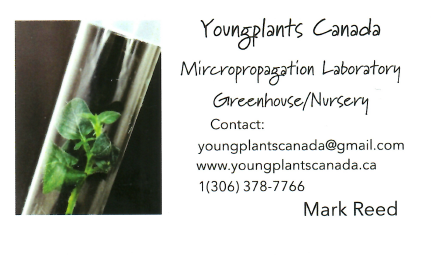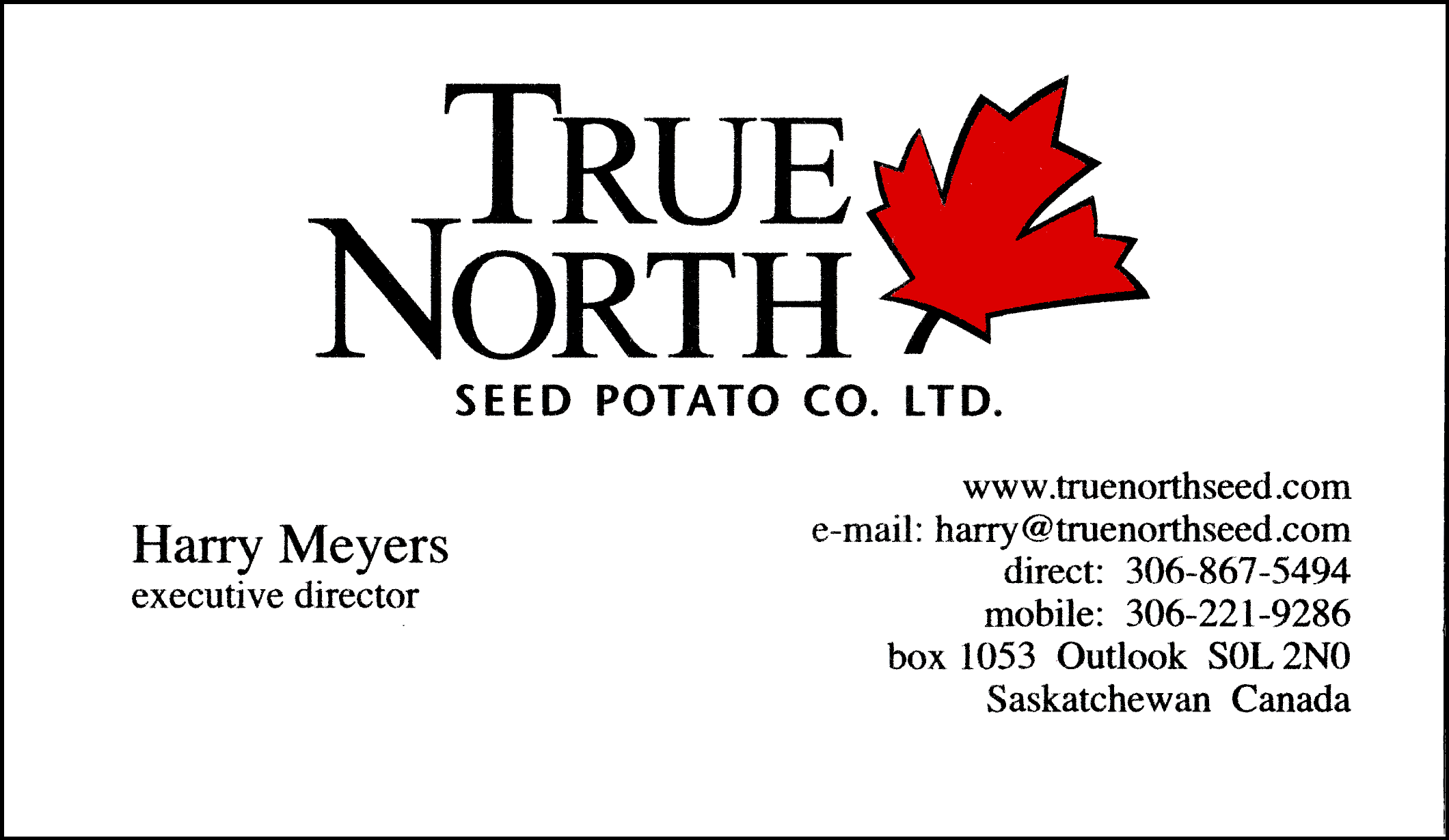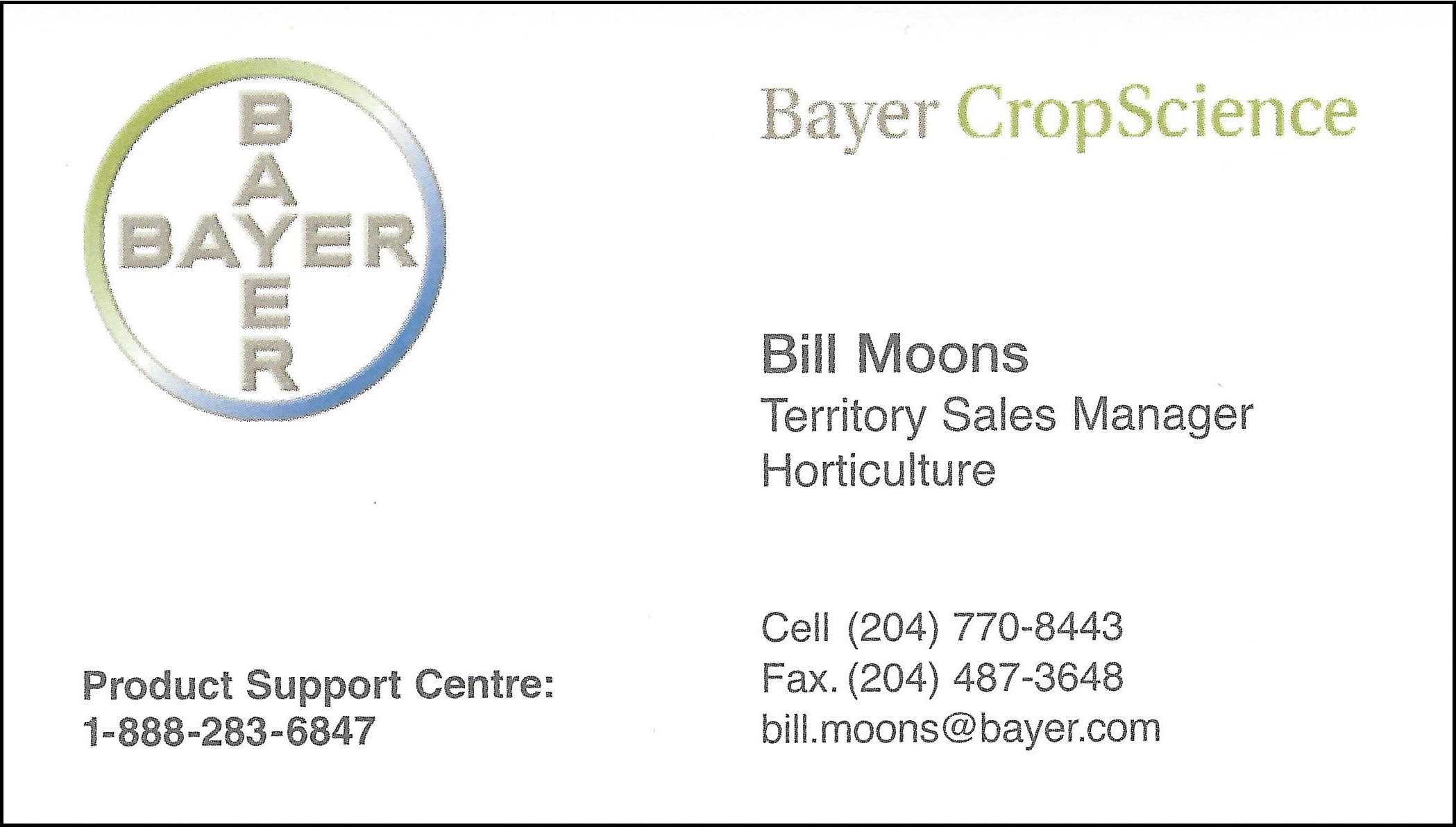Seeding
Potatoes are usually planted in early May, as soon as the soil temperature warms to 8°C (46°F) or higher. The higher the soil temperature, the faster the crop will sprout and emerge. Time from planting until emergence ranges from 14 to 28 days. Recommended in-row seed spacing differs, depending on the variety and the grower’s access to irrigation. Potatoes should be planted 8 to 12 inches apart within a row and there should be at least 3 feet between rows.
Fertilizing
Where you are in Saskatchewan will determine what fertilizer you may need. There are a variety of climatic and soil conditions across the province. Generally, you will need a higher nitrogen and P2O5 application if you water heavily. Check with your local gardening centre for tips on what will work best in your area.
Hilling
At planting, a small hill is formed above the potato seed piece. As the plant develops and tubers form, a larger hill is needed to cover the tubers. This extra soil also helps reduce sunburn and frost damage to shallow tubers, and retains soil moisture.
Depending on the size of hill formed at planting, you may hill once or twice more during the growing season. Hilling should be completed well before the plant canopy covers the row spacing, as late hilling can damage forming potatoes. Hilling is also an effective method of controlling weeds between the rows.
Watering
Potatoes require approximately an inch of water per week during the growing season. Lack of water will reduce yields and quality. An uneven supply of moisture will cause tuber defects such as hollow heart, knobbiness and splitting.
Topkill
Long-term storage potential can be increased by ensuring proper skin set on the tuber before harvest. The skin begins to thicken as the crop matures, but this process can be accelerated by topkilling the crop once the tubers reach the desired size. Topkilling involves spraying the crop with desiccants or by removal of potato canopy.
Harvesting
Potatoes are ready for harvest once the vines have been completely dead for at least seven to 14 days. The temperature of the potato is critical to a successful harvest. Never harvest when pulp or internal temperatures of the tubers are below 45°F (7°C) or above 65°F (18°C).
Harvesting at low temperatures leads to bruising, while crops harvested at high temperatures are prone to tuber breakdown from bacterial soft rot and pythium.
If frost has occurred, potatoes should not be dug until the ground has thawed, otherwise the crop will be prone to damage and breakdown in storage.
Storage
Table potatoes should be stored at 40°F (4°C). Relative humidity should be maintained at 90 to 95 per cent. Potatoes should not vary more than 2° to 3°F (1°C) from the top to the bottom of the storage area.
Greater temperature differences indicate heat is being generated in the pile, and is often a sign of tuber breakdown.
Once potatoes have been brought into storage, they must be cured. Curing helps heal the wounds that occur during harvest. Improper or inadequate curing will increase weight loss and decay in the stored crop. The curing period typically lasts four to eight weeks. Curing temperature should be 59°F (15°C) with 95 per cent relative humidity, assuming that the crop is in good condition coming into storage.
Crops that are diseased or frozen should be cured at around 50°F (10°C), with less humidity to minimize the development of disease. Airflow must be constant and uniform throughout the pile during the curing and storage period.
Diseased or damaged potatoes should be stored separately from the rest of the crop. Storage will not improve the quality of the crop, but good storage and proper management practices will help maintain quality over a long period of time.
















